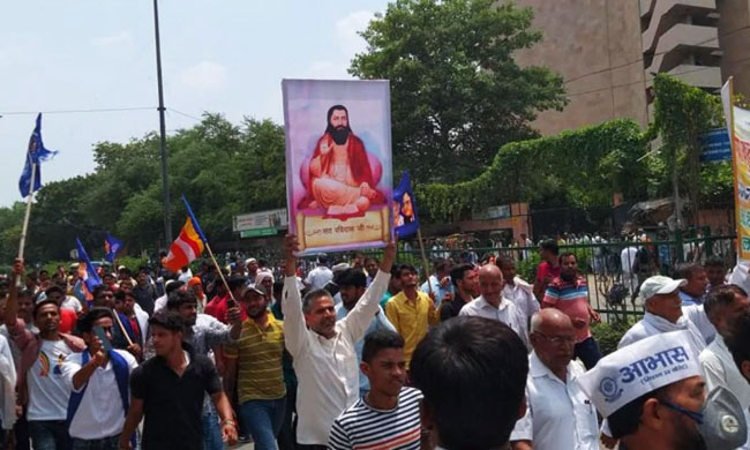Guru Ravidas Temple : SC Allows Reconstruction At 400 Sqm Plot Offered By Centre In Same Site
Mehal Jain
21 Oct 2019 5:49 PM IST

Next Story
21 Oct 2019 5:49 PM IST
Allowing the reconstruction of the Sant Ravidas Temple in Delhi, the Supreme Court on Monday acceded to the Centre's proposal to assign 400 sq. m. of land at the same site in Thuglakabad where the temple had stood before it was razed down based on apex court's directions. Assuming the task of the reconstruction, the Centre conveyed that honouring the belief and the faith of the...
